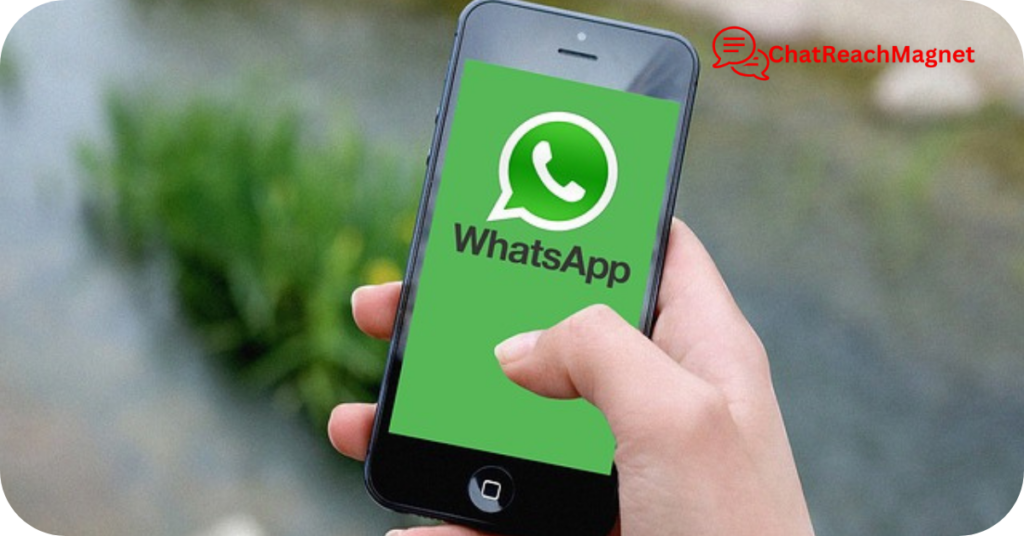Boost Your Sales with WhatsApp E-commerce Integration: A Step-by-Step Guide
WhatsApp e-commerce integration is revolutionising how online businesses sell, engage, and grow. In today’s fast-paced digital marketplace, just having an online store is no longer enough.
Customers crave simplicity, convenience, and personal connection—and WhatsApp delivers on all three.
With over 2 billion users globally and sky-high engagement rates, WhatsApp is the ideal platform to bring your store closer to your customers. From browsing to buying, everything can happen in a single chat. This is not just e-commerce—it is conversational commerce.
So, what does this mean for your business?
Imagine your customers browsing your catalogue, asking questions in real time, and completing purchases—without ever leaving WhatsApp. That is the power of integration.
You are not only streamlining the shopping experience; you are boosting sales by making it easier for customers to buy from you.
In this article, we will walk you through a step-by-step process to whatsapp e-commerce integration platform with WhatsApp—and how to use it to turn casual chats into loyal customers and consistent sales.
Step 1: Understand Why WhatsApp E-commerce Integration Matters

Before diving into the technical how-to, it is important to understand why this matters.
People spend more time messaging than browsing traditional websites. When your store lives inside WhatsApp, you are meeting customers where they already are.
Benefits of WhatsApp e-commerce integration include:
- Real-time communication with buyers
- Personalised shopping experiences
- Faster decision-making and fewer abandoned carts
- Increased trust and convenience
- Direct, measurable ROI through conversations
Step 2: Choose the Right Tools and Platforms
To connect your store with WhatsApp, you will need a WhatsApp Business Account and a supported integration platform. Popular choices include:
- WhatsApp Business API – for medium to large businesses
- WhatsApp Cloud API – hosted by Meta, ideal for scalable growth
- Third-party tools like Zoko, AiSensy, SleekFlow, and Shopify integrations
Choose a platform that fits your size, budget, and e-commerce backend. Some integrations work natively with Shopify, WooCommerce, Magento, and others.
Step 3: Set Up Your WhatsApp Business Profile

Make your business look credible and professional. A strong profile builds trust and encourages users to interact.
Optimise your profile with:
- A branded profile photo or logo
- A compelling business description
- Accurate contact info and links to your store
- Business hours and location (if applicable)
- Whatsapp e-commerce integration is best with seo
Step 4: Create and Upload Your Product Catalogue
This is where the magic begins. A product catalogue allows you to display your inventory directly within WhatsApp. Customers can browse, ask questions, and add items to their cart—without ever leaving the app.
To create your catalogue:
- Open your WhatsApp Business app
- Go to Settings > Business Tools > Catalogue
- Add high-quality images, product names, pricing, and descriptions
- Categorise items if you offer a wide range
You can also use Meta’s Commerce Manager to manage your catalogue if you are using the API.
Step 5: Automate Responses and Workflows
To handle multiple customers efficiently, set up automated messages for greetings, order confirmations, FAQs, and follow-ups. Use:
- Quick Replies for common questions
- Automated Messages to stay responsive 24/7
- Chatbots for product recommendations, stock updates, and support
Automation keeps the conversation going while freeing up your time.
Step 6: Enable Click-to-WhatsApp Ads

Drive traffic directly to your WhatsApp store using Click-to-WhatsApp ads on Facebook and Instagram. These ads open a WhatsApp chat when clicked, connecting interested users instantly.
Best practices for these ads:
- Use clear CTA buttons like “Shop Now” or “Ask for Price”
- Target users based on location, interest, or shopping intent
- Offer exclusive deals to boost click-through rates
Step 7: Offer Seamless Payments and Order Management
Once a customer is ready to buy, make the transaction smooth. Depending on your region and tools, you can:
- Use WhatsApp Pay (available in select countries)
- Share payment links (e.g., Stripe, Paystack, Razorpay)
- Offer COD or bank transfer options
- Use third-party order management tools for processing
Keep the customer informed at every stage: from order confirmation to delivery updates.
Step 8: Provide Post-Sale Support and Follow-Up
The conversation should not end after the sale. Use WhatsApp to thank buyers, request feedback, and offer after-sales support. You can also:
- Send personalised discounts for repeat purchases
- Share new arrivals and product recommendations
- Use broadcast lists to reach multiple customers with one message
Loyalty is built through ongoing, helpful interactions.
Step 9: Track Performance and Optimise
Integration without measurement is like driving with your eyes closed. Make use of analytics and tracking tools to evaluate your WhatsApp e-commerce performance.
Track:
- Number of chats converted into sales
- Response times and engagement rates
- Catalogue views and product clicks
- ROI on Click-to-WhatsApp ads
Use the insights to fine-tune your campaigns, improve response rates, and increase conversions.
Conclusion
WhatsApp’s e-commerce integration is not just a trend—it is a game changer. By merging real-time communication with shopping, it allows your business to sell smarter, faster, and more personally than ever before.
Whether you run a boutique store or a large-scale operation, integrating WhatsApp with your e-commerce strategy can bring you closer to your customers and put sales on autopilot.
It is time to stop thinking of WhatsApp as just a chat app—and start using it as a powerful sales channel.
Ready to Turn Conversations into Conversions?
With the right setup and strategy, you can transform WhatsApp into your best-performing sales tool. The steps are simple, and the potential is massive.
Let’s get started today.
Let me know if you’d like whatsapp e-commerce integration help, catalogue setup examples, or Click-to-WhatsApp ad templates.
READ MORE ABOUT WhatsApp E-commerce Integration HERE

